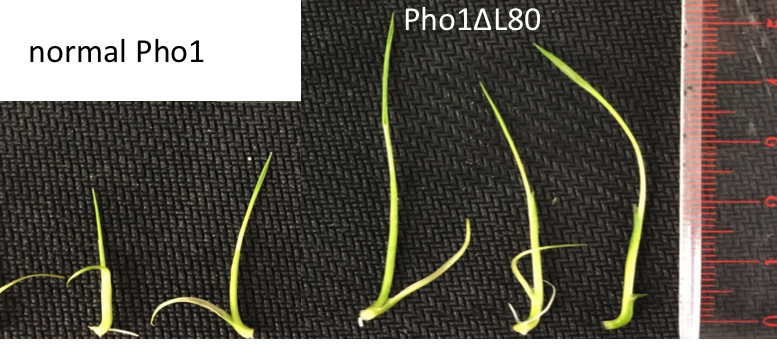PULLMAN – Three WSU researchers recently received a grant to figure out how phosphorylase, an enzyme that plants and animals both have, works with photosynthesis.
The team received a $500,000 USDA Agriculture and Food Research Initiative (AFRI) grant to study the connection. Nobody ever suspected there was any connection between the two processes in plants, but Tom Okita, Helmut Kirchhoff, both WSU professors in the Institute of Biological Chemistry, and Paul Hwang, an associate of the institute, thinks it’s true.
Faster growth without peptide
Phosphorylase has been studied extensively in both plants and animals. It breaks down stored sugar and provides energy. Unlike the animal phosphorylase, the plant enzyme has an extra peptide, or building block of protein, that, until recently, didn’t appear to do much
“Why would plants have evolved this piece of peptide that lowers its efficiency?” Okita said. “It doesn’t make sense.”But other colleagues of Okita removed that extra peptide in rice and discovered that the plants grow much faster and the rice grains much bigger.
He said that results are visible very quickly when comparing regular rice to the version without the extra peptide. At seven days, the plants are 50 percent larger and the rice grains, at maturity, are about 20 percent bigger.
More food, more biomass
“Nobody expected phosphorylase to have any direct impact on photosynthesis,” Okita said. “This is completely out there, scientifically speaking, but it could have a huge impact when it comes to feeding people. If we can get grains that grow bigger and faster, that’s huge.”
There are tradeoffs, especially with food plants. Even though the grains grow bigger and faster, so does the rest of the plant. So that means more biomass, which requires energy to grow.
“Eventually, other people will have to study if the tradeoff of more biomass is worth the extra energy required,” Okita said.
Another potential benefit would be for crops that are grown for bioenergy. In bioenergy crops, like hardwood or switchgrass, you just want mass. Bigger plants growing more quickly could provide more energy, lessening human reliance on fossil fuels.
“We’re really excited about this project,” Okita said. “If we can establish that direct relationship with photosynthesis at the biochemical level, that’s the goal.”
The USDA-AFRI grant is grant number 2018-67013-27458.
See WSU News, https://news.wsu.edu/2018/03/3

